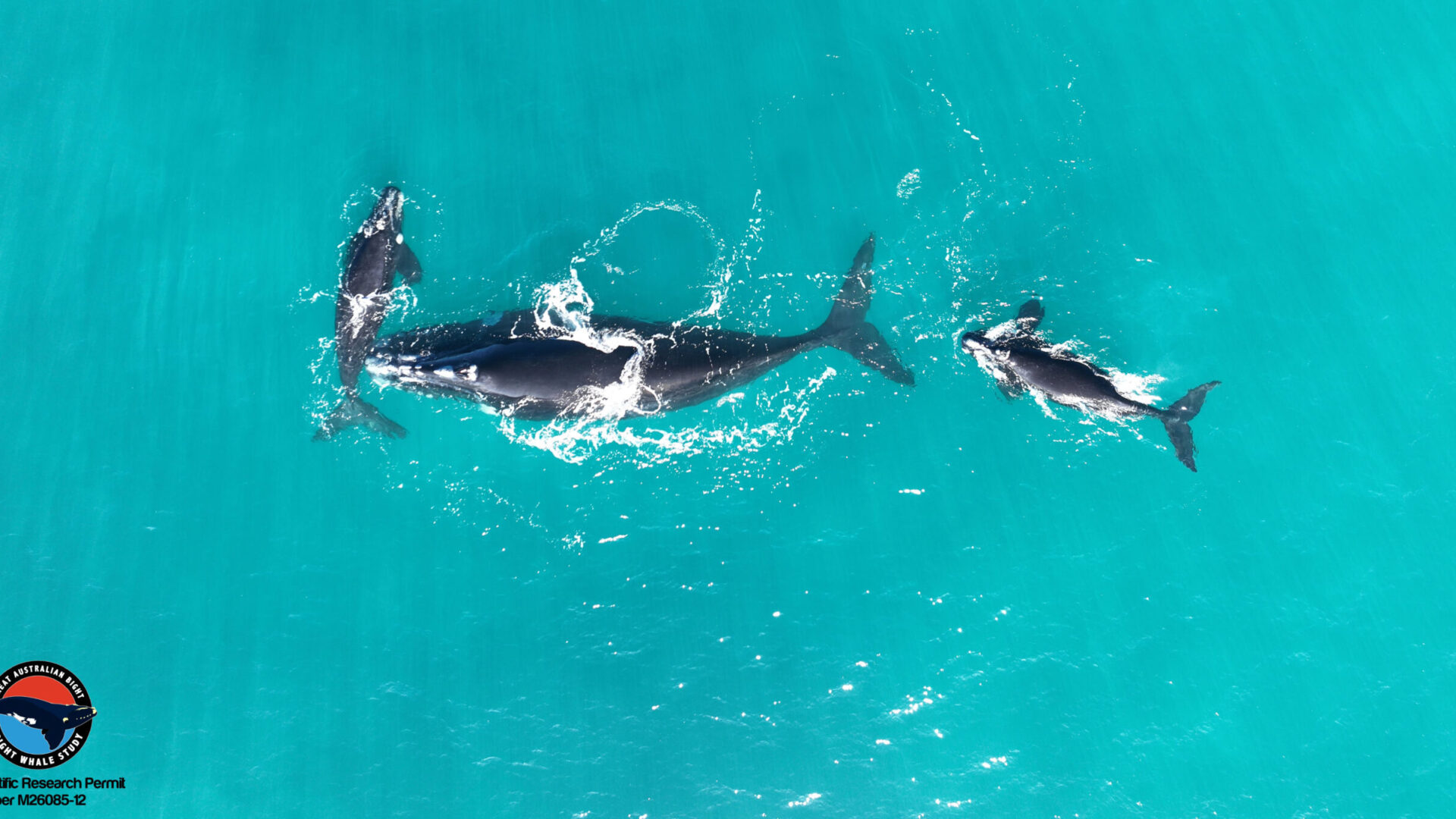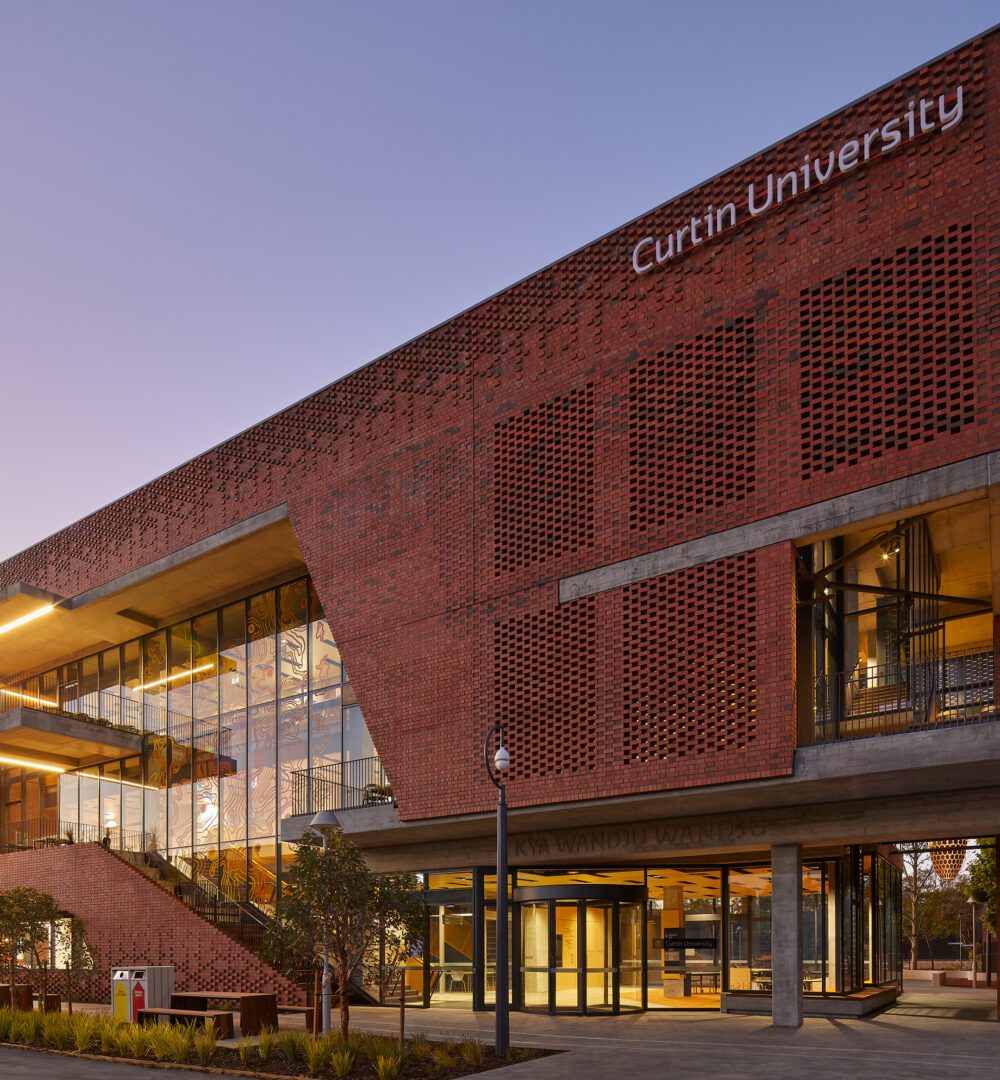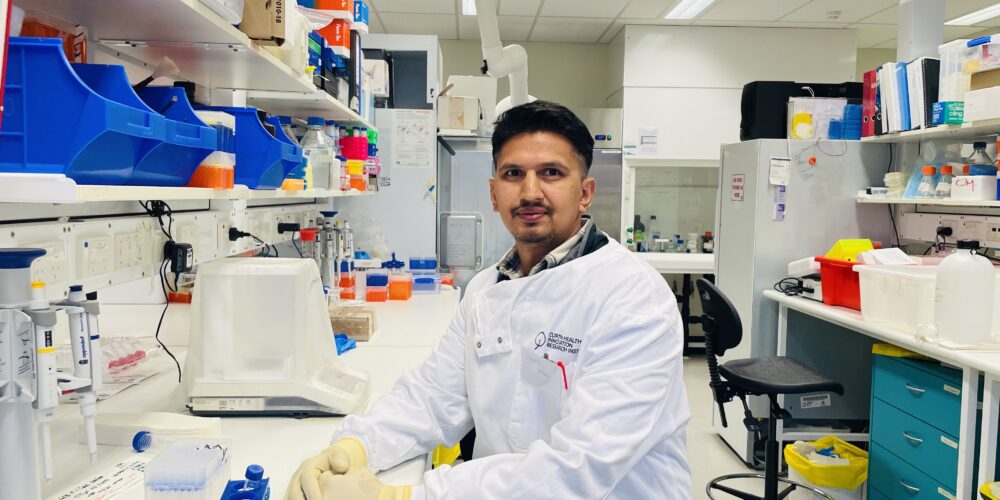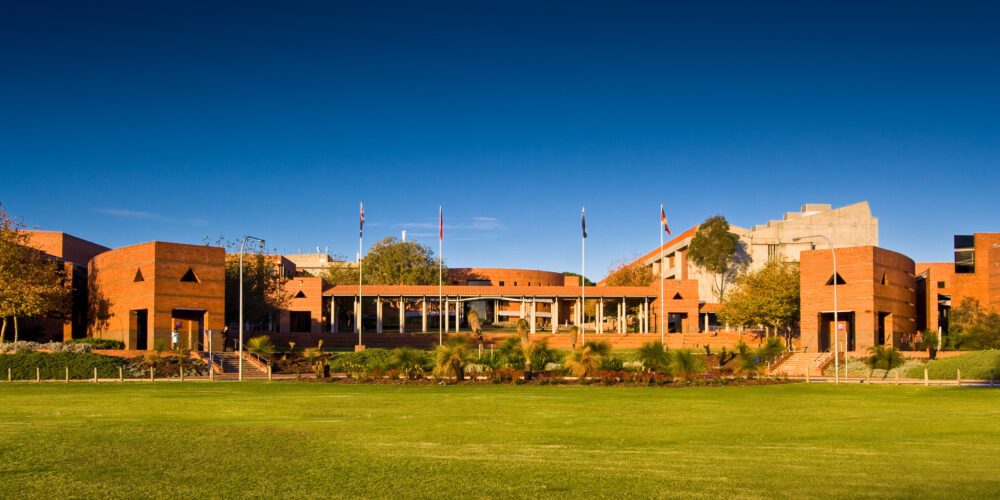Decades-long study finds endangered whales are having fewer babies

A world-class collaborative research project has found that the Australian population of southern right whales is calving less frequently and fewer whales visited our coastlines this whale season than expected, putting further pressure on the already endangered species.
Using drones, researchers captured unique encounters that the team had never observed before including two calves suckling from one female, as well as interactions between whales and sharks, playful sea lions and dolphins.
For more than 30 years, researchers have conducted annual surveys of southern right whales in the coastal waters off southern Australia. Curtin University recently teamed up with the Minderoo Foundation, the Yalata Anangu Aboriginal Corporation, which has offered access to the Head of Bight area and accommodation for staff for a period of two months each year in-kind, and continued to work with citizen scientists, Eyre Peninsula Cruises, Flinders University, government organisations and non-government organisations to further efforts to protect the recovery of the population.
Lead researcher Dr Claire Charlton, from the Curtin Centre for Marine Science and Technology, said although the number of southern right whales had risen from just 300 in the Southern Hemisphere to almost 3000 in the Australian population, the lower-than-expected counts in recent years and increased calving intervals was a cause for concern.
“Instead of having a calf every three years – on average, the majority of whales are now only having a calf every four or five years,” Dr Charlton said.
“In other parts of the southern right whale species range in Argentina, Brazil and South Africa, increased calving intervals has been linked to climate change and slower recovery rates, so it’s vital we understand how climate change and human activities may impact their ongoing recovery.
“We know the key threats to whale populations are habitat disruption, underwater noise strikes from marine vessels and entanglement, so we must do everything we can – including legislative protection – to ensure their expansion into new habitats and continued recovery over time”.
“The commitment of South Australia’s Labor Government to fully supporting the World Heritage status of the Great Australian Bight so that the whales are protected forever, and to explore establishing Whale Nursery Protection Areas where whales come close to shore with their young, are essential steps in supporting this recovery.”
Project founder Dr Steve Burnell, who began the research in 1991, said the research team was grateful to Minderoo Foundation for providing cornerstone funding to ensure the continuation of one of the very few, long-term population studies of large marine mammals in the world.
“The long-term Southern Right Whale Study is unique and irreplaceable, with the national and international value of the unbroken 30-plus year dataset growing each year. It is vital for informing conservation management of this endangered species across the Australian Marine Park Networks, and for understanding the marine ecosystems, right whales rely on,” Dr Burnell said.
Yalata Aboriginal Community Chief Executive Officer David White said the southern right whales lived in the coastal waters off the land of the Far West Coast Aboriginal People.
“The shallow, sandy and protected bays along this stretch of coast provide ideal habitat for the southern right whales that migrate to Australian waters between May and November each year, to mate, calve, nurse their young, rest and socialise,” Mr White said.
Dr Charlton said that whales are an indicator species for the health of our marine environment, so the Southern Right Whale Study can provide insights into the effects that climate change is having on threatened marine species and the Southern Ocean.
“As the southern right whale population recovers from near extinction due to commercial whaling, the numbers along our coasts are increasing. Numbers have increased from as few as 300 in the Southern Hemisphere to almost 3,000 in the Australian population,” Dr Charlton said.
“Studies show that major calving grounds like the Head of the Great Australian Bight are reaching saturation capacity, and numbers are increasing elsewhere with biologically important areas emerging and becoming increasingly important along the southern coasts, such as Encounter Bay and Sleaford Bay in South Australia, Geographe Bay in Western Australia and Portland in Victoria.”
Researchers from Curtin University, Flinders University, Current Environmental and collaborators are studying aggregation grounds to continue research that assesses the population dynamics, recovery, and links between reproduction, health and climate change for southern right whales.
Field leader from Current Environmental, Bridgette O’Shannessy, said whales had started appearing at the primary calving ground at the Head of the Great Australian Bight in the late 1980s, and that southern right whales are individually recognisable by the unique patterns on their heads.
“This season, the research team recorded 75 unique female and calf pairs at Head of Bight, 13 pairs at Fowlers Bay and six pairs at Encounter Bay in the South Australian recognised aggregation areas,” Ms O’Shannessy said.
“The growing number of whales along our coast provides for excellent viewing and eco-tourism. The overall numbers for the region are lower than expected for female and calf pairs as well as unaccompanied adults, when compared to historical trends.”
The project contributes to national research priorities in the Commonwealth Conservation Management plan for the Southern Right Whale and the International Whaling Commission Southern Ocean Research Partnership goals.



